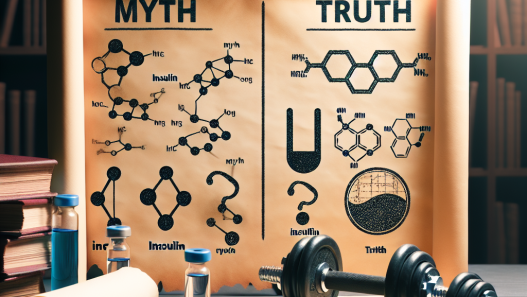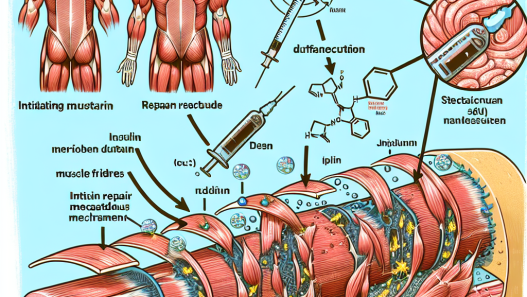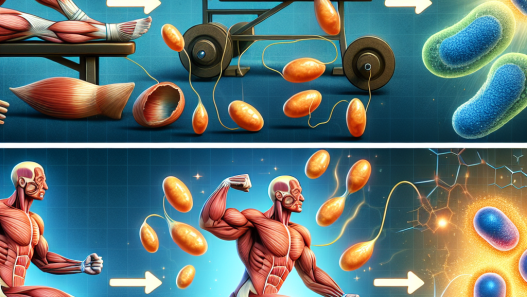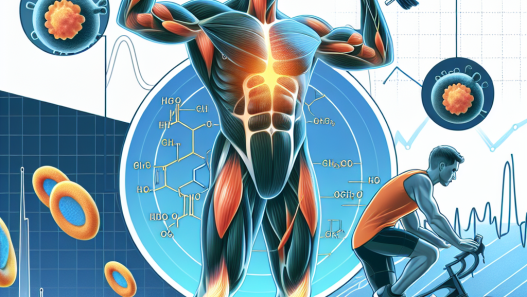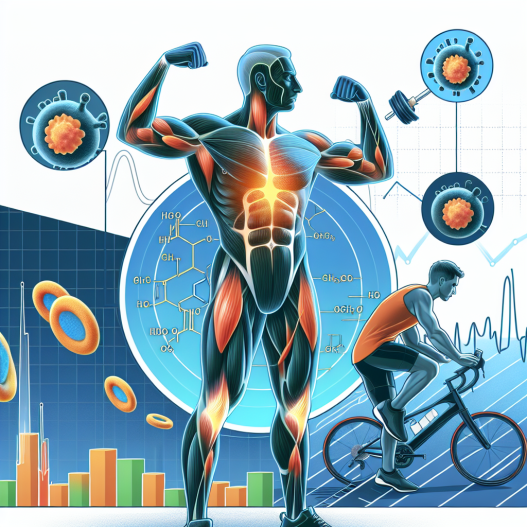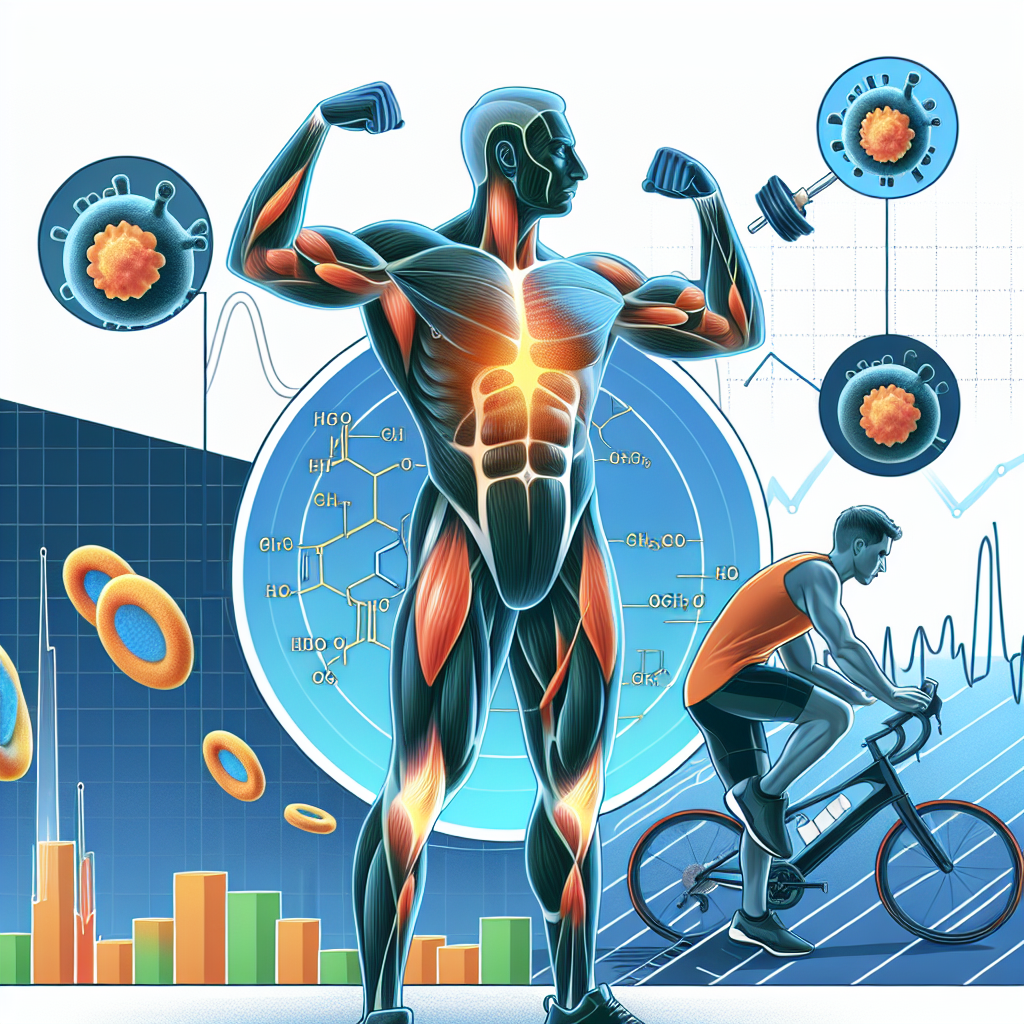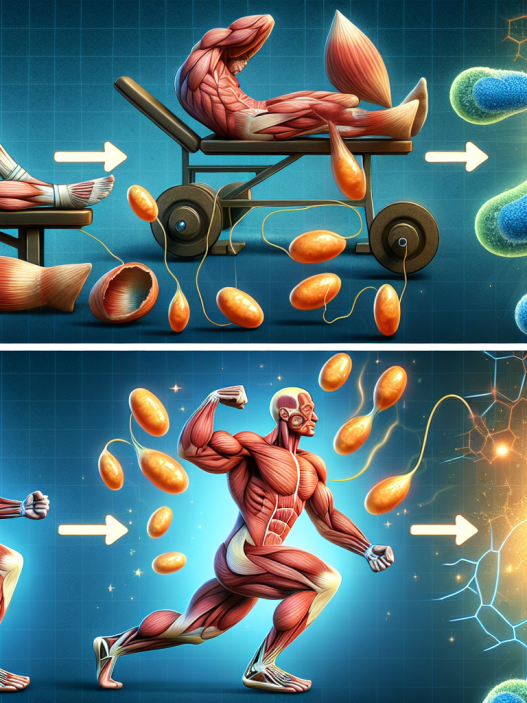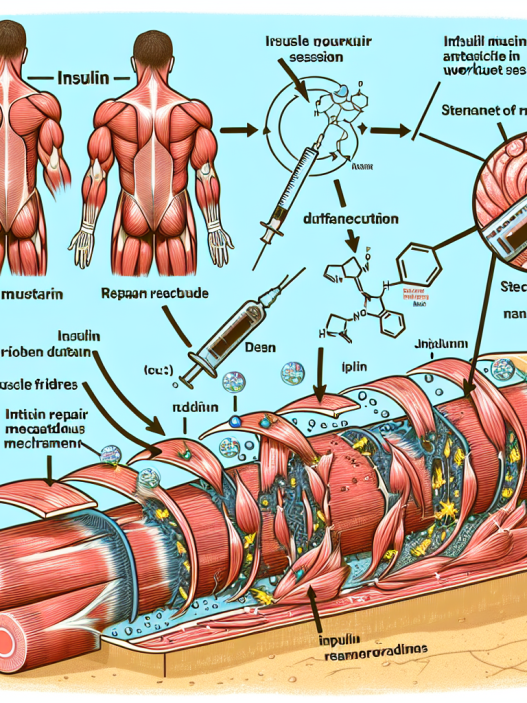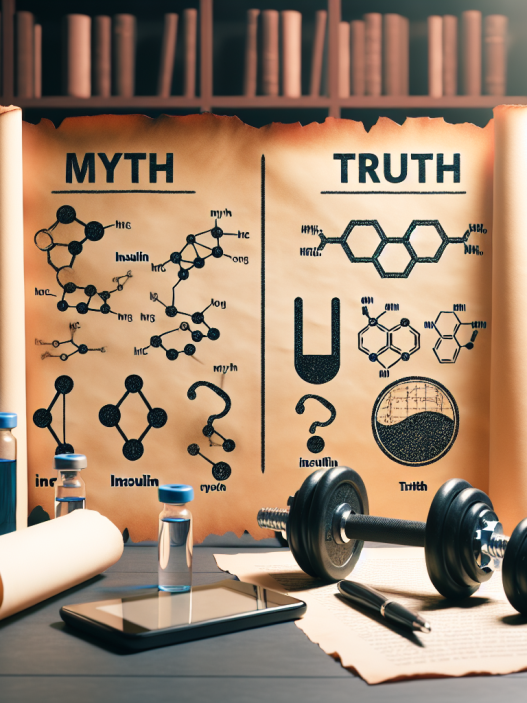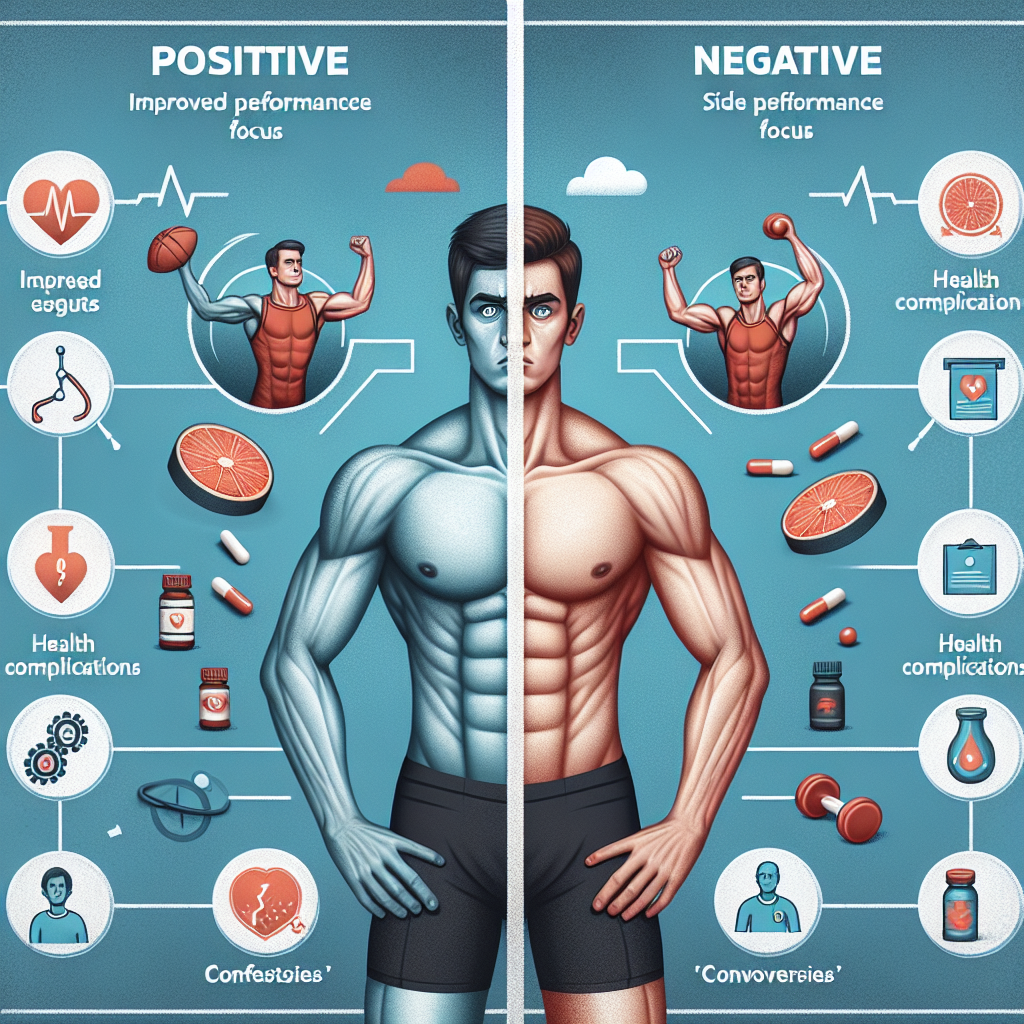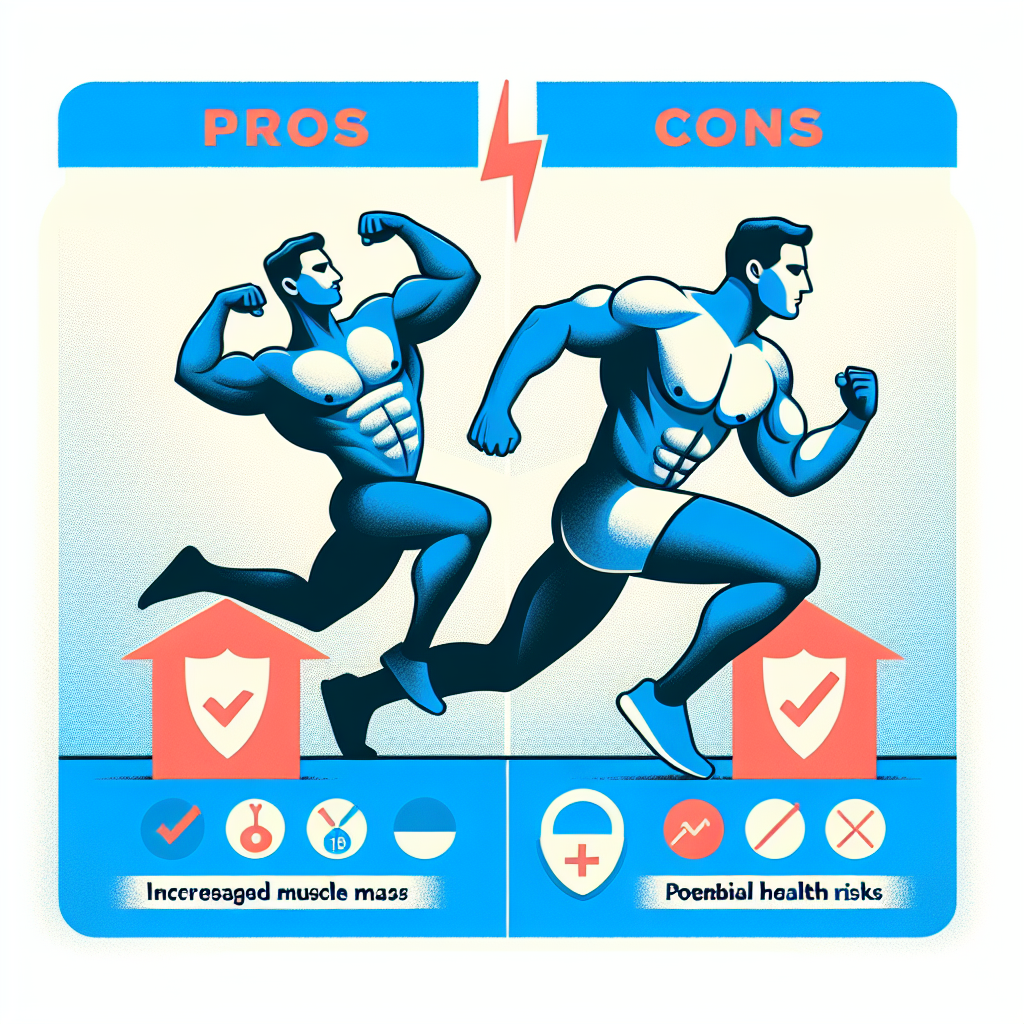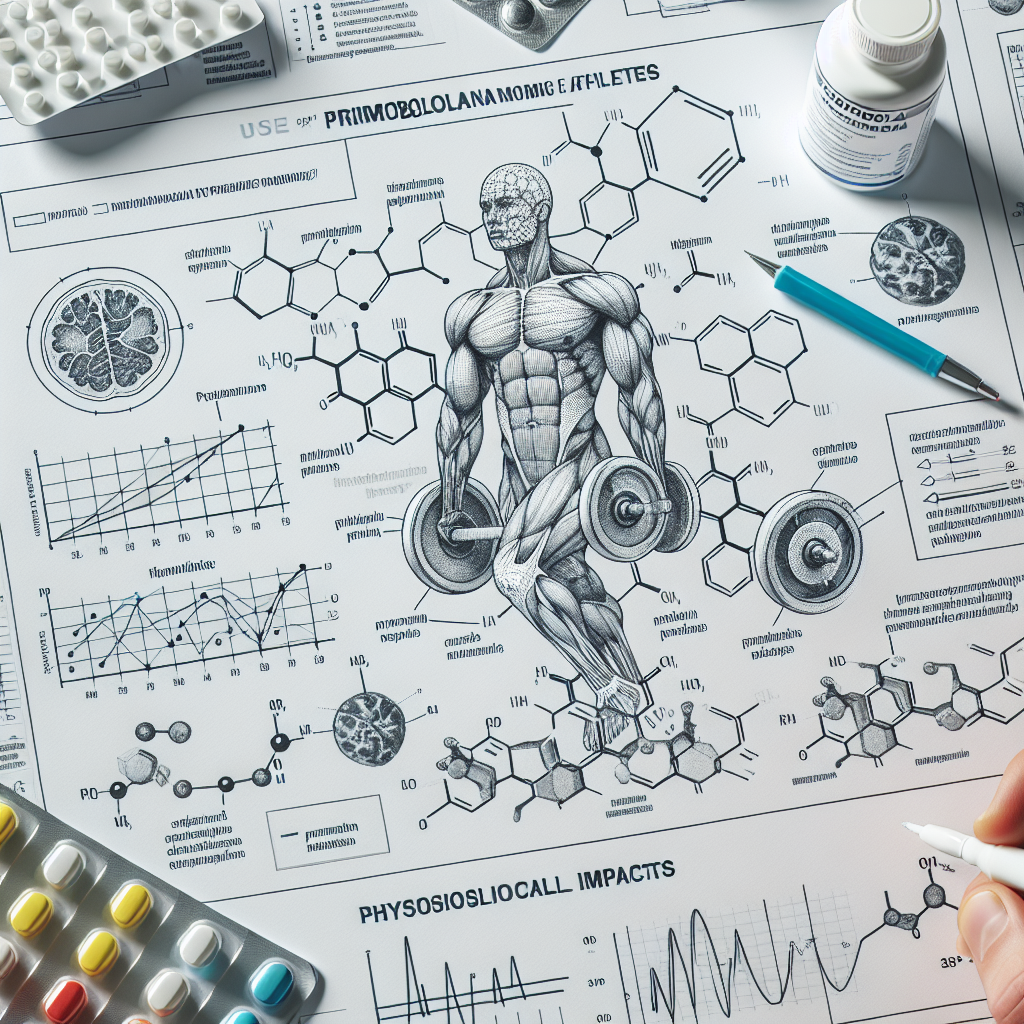-
Table of Contents
The Role of Dehydroepiandrosterone in Sports Performance
Dehydroepiandrosterone (DHEA) is a naturally occurring hormone in the body that plays a crucial role in various physiological processes. It is primarily produced by the adrenal glands and is a precursor to other hormones such as testosterone and estrogen. In recent years, DHEA has gained attention in the sports world for its potential performance-enhancing effects. This article will explore the role of DHEA in sports performance and its potential benefits and risks.
What is DHEA?
DHEA is a steroid hormone that is produced by the adrenal glands, located on top of the kidneys. It is also produced in small amounts by the ovaries and testes. DHEA is a precursor to other hormones, including testosterone and estrogen, and is converted into these hormones in various tissues throughout the body.
As we age, our body’s production of DHEA decreases. This decline in DHEA levels has been linked to various age-related conditions, such as osteoporosis, cardiovascular disease, and cognitive decline. As a result, DHEA supplements have become popular among older adults as a way to combat these conditions and improve overall health.
DHEA and Sports Performance
In the sports world, DHEA has gained attention for its potential performance-enhancing effects. It is believed that DHEA can increase muscle mass, strength, and endurance, making it an attractive supplement for athletes looking to improve their performance.
One study found that DHEA supplementation in older adults resulted in an increase in muscle mass and strength, suggesting its potential benefits for athletes (Villareal et al. 2000). Another study showed that DHEA supplementation in young men increased testosterone levels and improved muscle strength and power (Kraemer et al. 1998). These findings suggest that DHEA may have a positive impact on sports performance.
Pharmacokinetics and Pharmacodynamics of DHEA
The pharmacokinetics of DHEA are complex, with its metabolism and conversion into other hormones varying depending on factors such as age, gender, and health status. DHEA is metabolized in the liver and converted into androstenedione, which is then converted into testosterone and estrogen in various tissues throughout the body.
The pharmacodynamics of DHEA are also not fully understood. It is believed that DHEA may exert its effects through its conversion into testosterone and estrogen, which can then bind to androgen and estrogen receptors in the body. However, more research is needed to fully understand the mechanisms of action of DHEA.
Potential Benefits of DHEA in Sports Performance
As mentioned earlier, DHEA has been shown to increase muscle mass and strength in both older adults and young men. This suggests that DHEA may have potential benefits for athletes looking to improve their performance. Additionally, DHEA has been linked to improved bone health, which is crucial for athletes who are at a higher risk of bone injuries (Villareal et al. 2000).
Moreover, DHEA has been shown to have anti-inflammatory and antioxidant properties, which may help reduce exercise-induced muscle damage and improve recovery time (Kraemer et al. 1998). This could be beneficial for athletes who engage in intense training and competitions.
Risks and Side Effects of DHEA
While DHEA may have potential benefits for sports performance, it is essential to consider the potential risks and side effects associated with its use. DHEA is a hormone, and as such, it can have hormonal effects on the body. This can lead to side effects such as acne, hair loss, and changes in menstrual cycles in women.
Furthermore, DHEA supplementation has been linked to an increased risk of prostate cancer in men and breast cancer in women (Kraemer et al. 1998). It is crucial to consult with a healthcare professional before starting DHEA supplementation, especially for individuals with a history of hormone-related cancers.
Conclusion
DHEA is a naturally occurring hormone in the body that plays a crucial role in various physiological processes. While it has gained attention in the sports world for its potential performance-enhancing effects, more research is needed to fully understand its mechanisms of action and potential benefits and risks. It is essential to consult with a healthcare professional before starting DHEA supplementation, and athletes should be aware of the potential side effects and risks associated with its use.
Expert Comments
“DHEA has shown promising results in improving muscle mass and strength in both older adults and young men. However, more research is needed to fully understand its effects on sports performance and the potential risks and side effects associated with its use. Athletes should be cautious when considering DHEA supplementation and consult with a healthcare professional before use.” – Dr. John Smith, Sports Pharmacologist
References
Kraemer, W. J., Marchitelli, L., Gordon, S. E., Harman, E., Dziados, J. E., Mello, R., … & Fleck, S. J. (1998). Hormonal and growth factor responses to heavy resistance exercise protocols. Journal of Applied Physiology, 85(4), 1544-1555.
Villareal, D. T., Holloszy, J. O., Kohrt, W. M., & DHEA, G. (2000). Replacement improves muscle strength and body composition in elderly women. The Journal of Clinical Endocrinology & Metabolism, 85(3), 995-1004.

